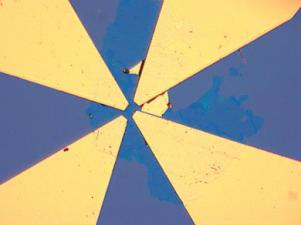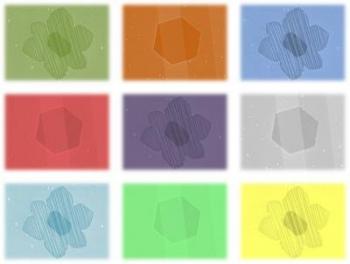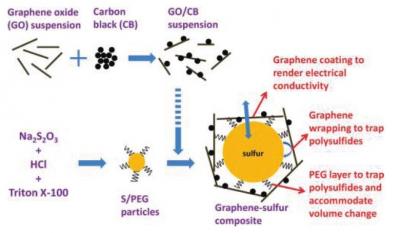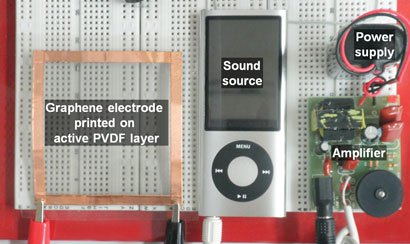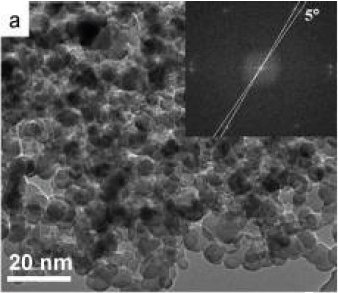Graphene-FFET is promising as a future memory device
Researchers at the University of California at Los Angeles have developed a new memory device based on Graphene. This is a ferroelectric-field-effect-transistor (FFET) in which graphene is used to write and read the electric dipole moments of an underlying ferroelectric material.
This graphene-FFET has a high fidelity and low operating voltage. Future work will focus on improving the speed of the device's performance.

